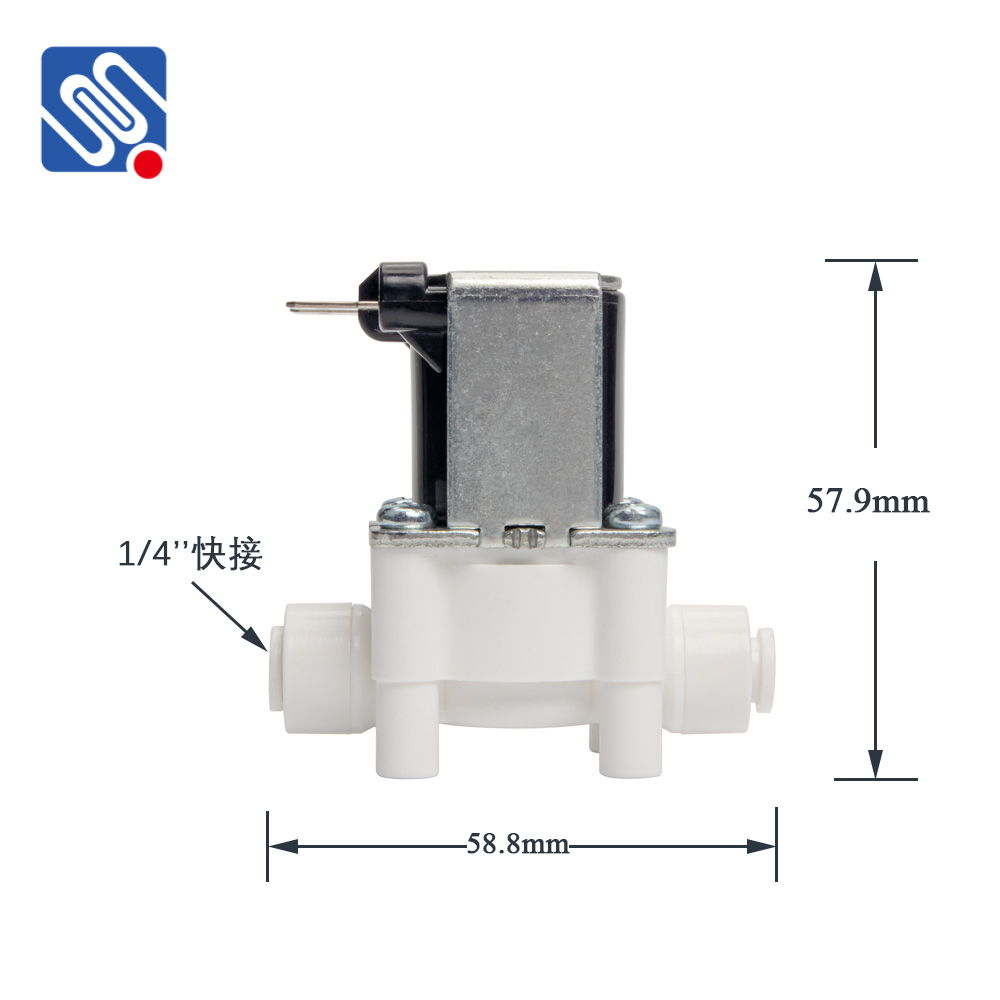A Normally Closed (NC) Solenoid Valve is an essential component in various fluid control systems. This valve plays a crucial role in controlling the flow of liquids, gases, and other substances by using an electromagnetic coil. Its default state is “closed,” meaning the valve remains shut when there is no electrical power applied. Once energized, the solenoid opens the valve, allowing the flow of media. This on/off switching capability makes NC solenoid valves integral to many industrial, commercial, and residential applications. In this article, we will explore how a normally closed solenoid valve works, its applications, and why it is important in fluid control systems.

How Does a Normally Closed Solenoid Valve Work? A solenoid valve consists of a coil, a plunger or diaphragm, and a valve body. When the solenoid coil is energized, it generates a magnetic field that moves the plunger or diaphragm, causing the valve to open. In the default state, the valve is held shut either by a spring or a mechanical component that keeps the plunger in a position that blocks the flow path. When the solenoid coil is energized, the magnetic force pulls or pushes the plunger, allowing the passage of fluid or gas. The valve remains open as long as the coil stays energized. Once the electrical current is turned off, the magnetic field dissipates, and the spring or mechanical force returns the plunger to the closed position, stopping the flow.
Leave a Reply